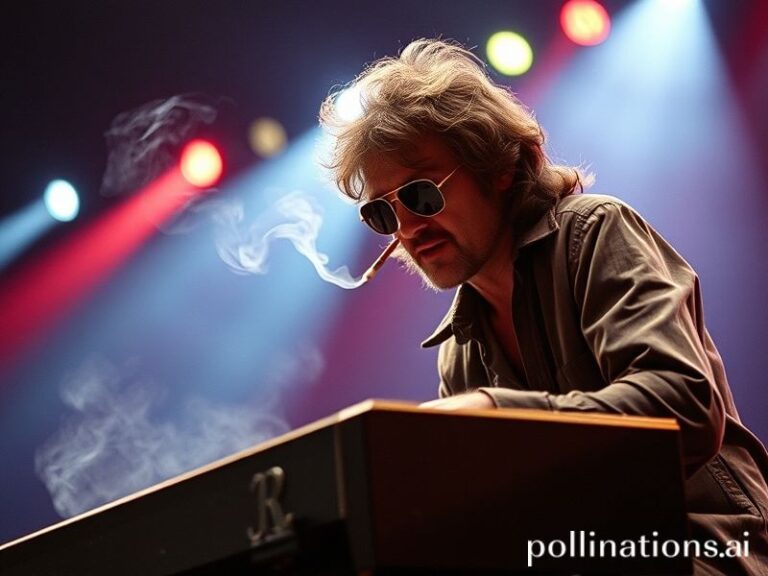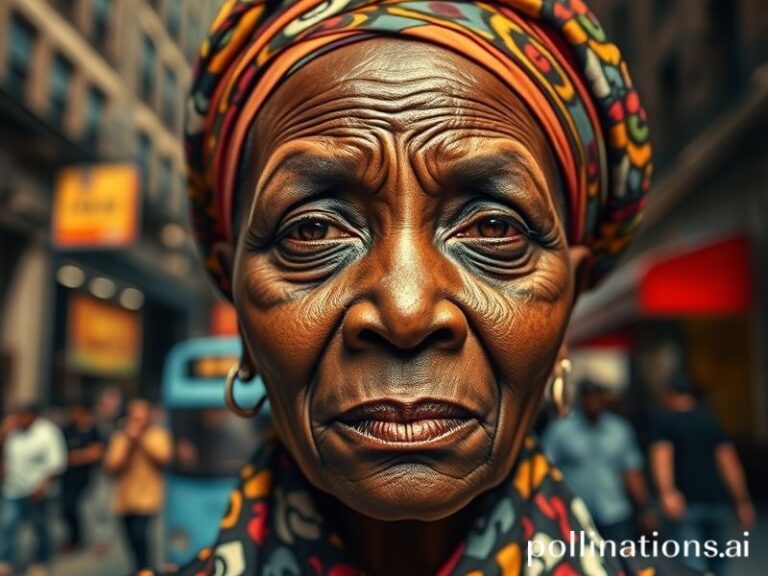Pamplona’s San Fermín Festival: Why the World Can’t Look Away from the Bull Chase
**Pamplona: When Humans and Bulls Collide – The Internet’s Latest Obsession**
Buckle up, folks, because we’re diving headfirst into the chaotic, adrenaline-fueled world of Pamplona’s San Fermín festival. If you’ve been online recently, you’ve probably seen the viral videos of people running for their lives from a stampede of bulls. But what’s the deal with Pamplona, and why is it suddenly trending globally? Let’s break it down, internet style.
**The Bull by the Horns: What’s Happening in Pamplona?**
Every year, from July 6th to 14th, the small city of Pamplona in Spain transforms into a real-life game of “Bull Chase.” The San Fermín festival, better known for its daily running of the bulls (or “encierros”), attracts thousands of adrenaline junkies and spectators from around the world. Participants, dressed in traditional white attire with red scarves and neckerchiefs, run ahead of a group of bulls through the narrow streets of Pamplona’s old town, trying to reach the safety of the bullring before the bulls catch up.
**Why is Pamplona Trending Now?**
So, why is Pamplona suddenly all over your timeline? Blame it on the internet’s insatiable appetite for thrilling, shareable content. With the rise of platforms like TikTok and Instagram Reels, short, action-packed videos have become the name of the game. And let’s face it, nothing beats the sheer terror and excitement of watching humans sprint for their lives from a pack of angry bulls.
But it’s not just the thrill that’s driving the trend. The San Fermín festival is a fascinating cultural spectacle, offering a unique blend of tradition, religion, and sheer madness. From the emotional “Pobre de Mí” song marking the festival’s end to the massive street parties and concerts, there’s something for everyone.
**Cultural Context: More Than Just Bulls**
The San Fermín festival has its roots in ancient religious traditions, with the running of the bulls dating back to the 14th century. The festival honors Saint Fermin, a 3rd-century Christian martyr, and is deeply embedded in the cultural fabric of Pamplona and Spain as a whole.
Beyond the bull runs, the festival is a vibrant celebration of Basque culture, featuring traditional music, dance, and cuisine. The streets come alive with the sound of drums and the smell of grilled meats, creating an atmosphere that’s equal parts chaotic and enchanting.
**Social Impact: A Double-Edged Sword**
While the San Fermín festival is undoubtedly a thrilling spectacle, it’s not without its controversies. Animal rights activists have long criticized the event for its treatment of the bulls, arguing that the stress and potential for injury are unethical. In response, organizers have implemented stricter regulations and safety measures, but the debate continues.
On the other hand, the festival is a significant economic driver for Pamplona and Spain as a whole. The influx of tourists brings in millions of euros annually, supporting local businesses and creating jobs. Love it or hate it, the San Fermín festival is a cultural and economic powerhouse.
**Why Pamplona Matters: The Internet’s Love Affair with Chaos**
At its core, the Pamplona trend is a testament to the internet’s love affair with chaos. We’re drawn to the unpredictable, the thrilling, and the downright terrifying. The San Fermín festival offers all of that in spades, and the internet can’t get enough.
But beyond the viral videos and memes, Pamplona represents something deeper. It’s a reminder of the power of cultural traditions to captivate and inspire, even in our hyper-connected, digital world. It’s a celebration of the human spirit, in all its reckless, adrenaline-fueled glory.
So, as you scroll through your feed and see yet another video of a bull chasing a terrified runner, remember: you’re not just witnessing a trend. You’re bearing witness to a centuries-old tradition that continues to captivate the world, one stampede at a time.







